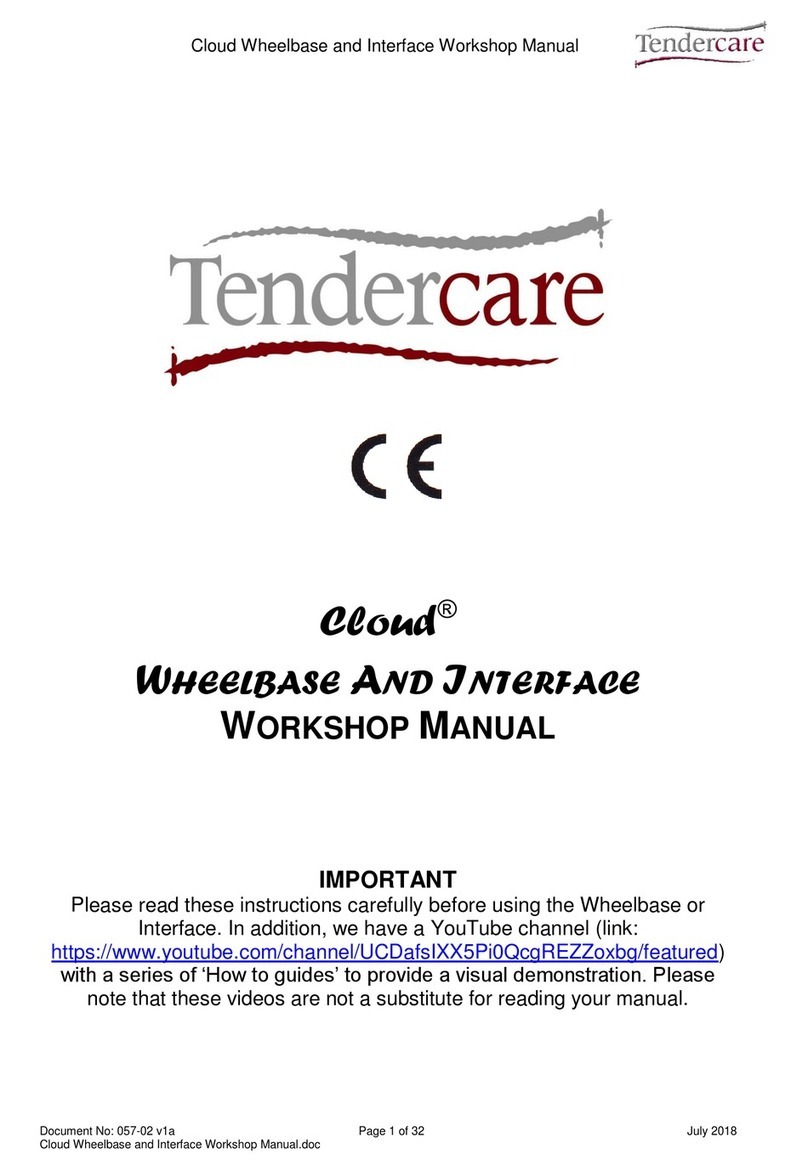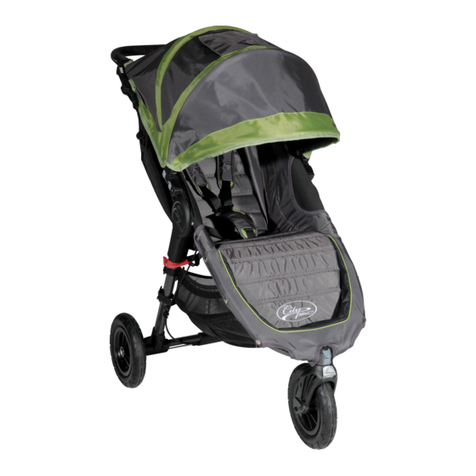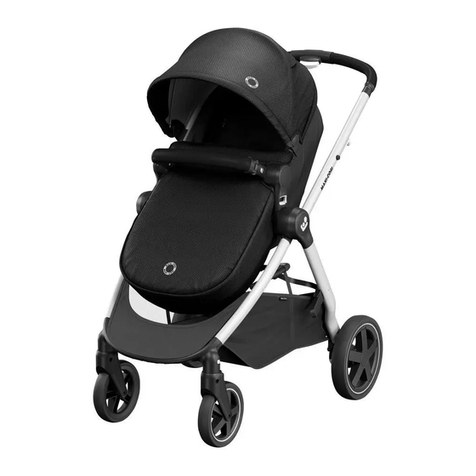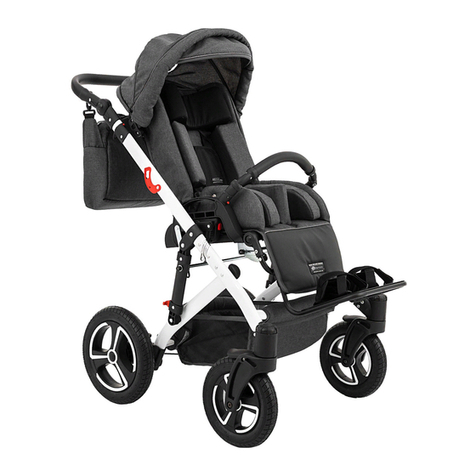Tendercare Snapi Pushchair User manual




















This manual suits for next models
1
Table of contents
Other Tendercare Stroller manuals
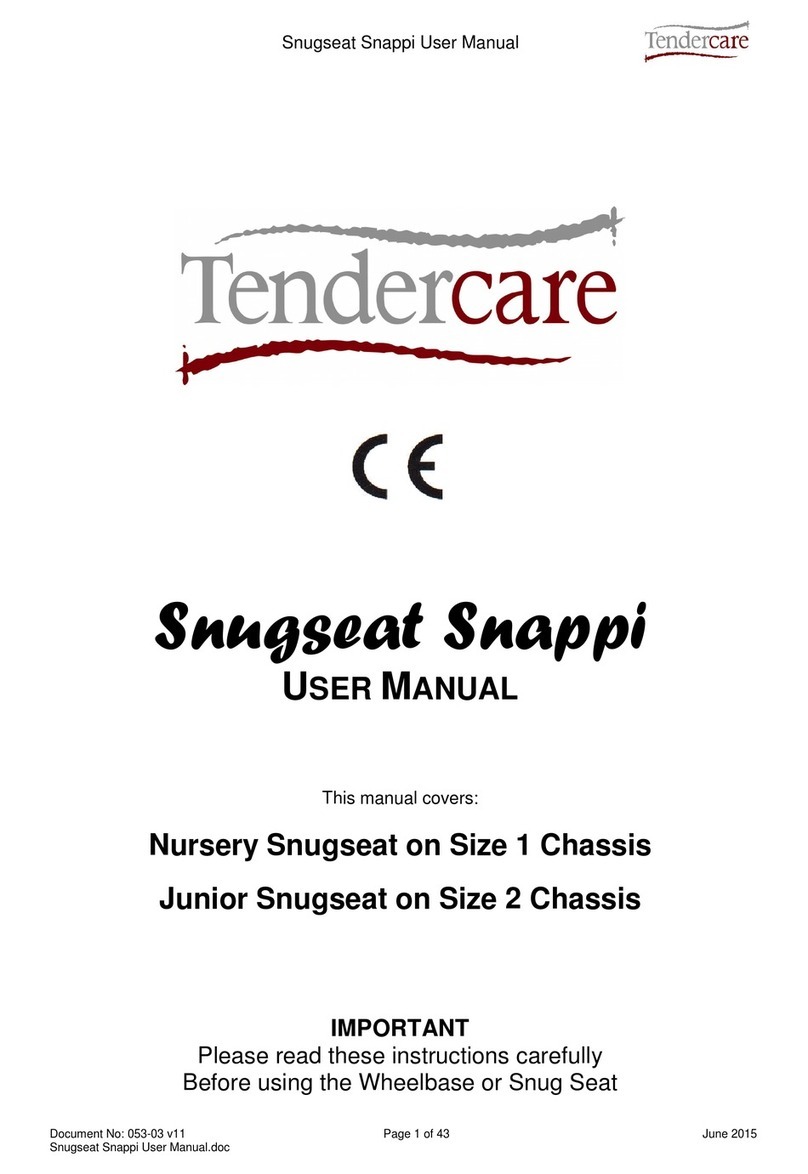
Tendercare
Tendercare Snugseat Snappi User manual

Tendercare
Tendercare Snappi User manual

Tendercare
Tendercare Snappi Pushchair User manual
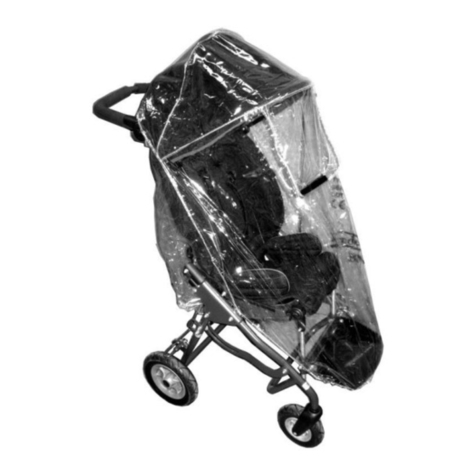
Tendercare
Tendercare Snazzi User manual
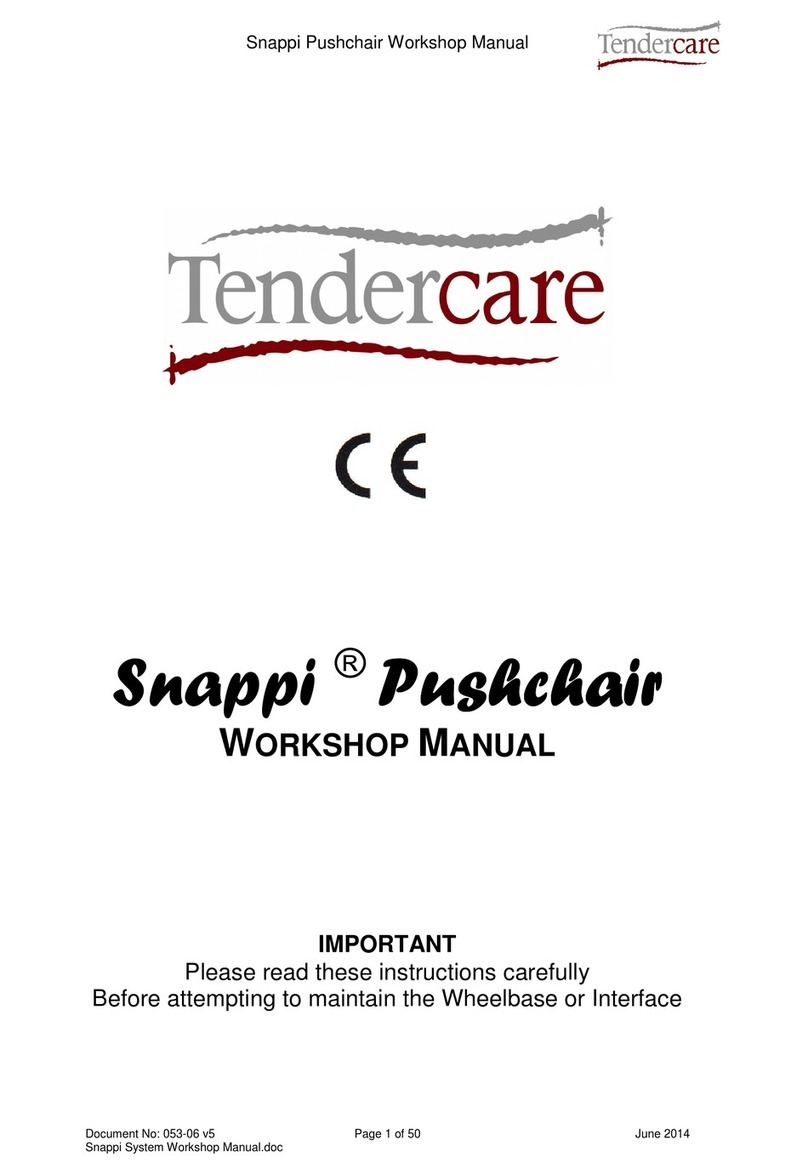
Tendercare
Tendercare Snappi Pushchair Instruction manual

Tendercare
Tendercare Nursery Snugseat Spring User manual
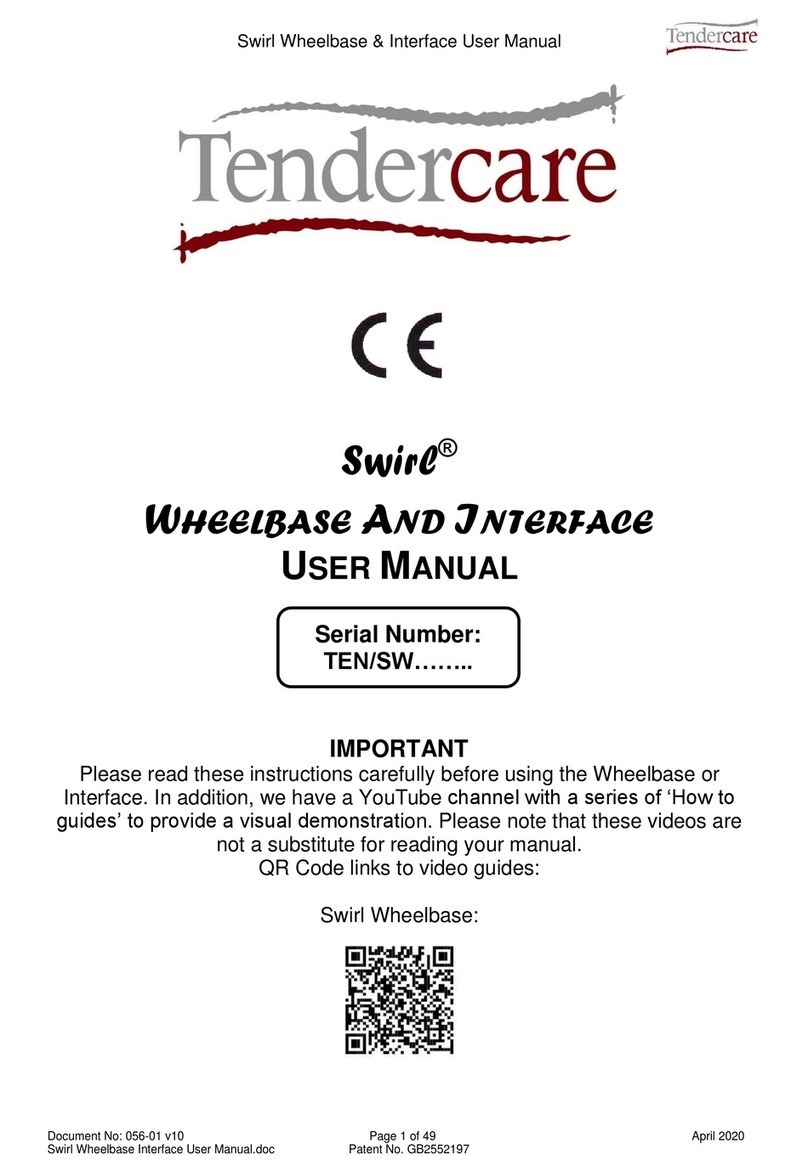
Tendercare
Tendercare Swirl User manual

Tendercare
Tendercare Snazzi Pushchair User manual

Tendercare
Tendercare Snugseat Snappi User manual
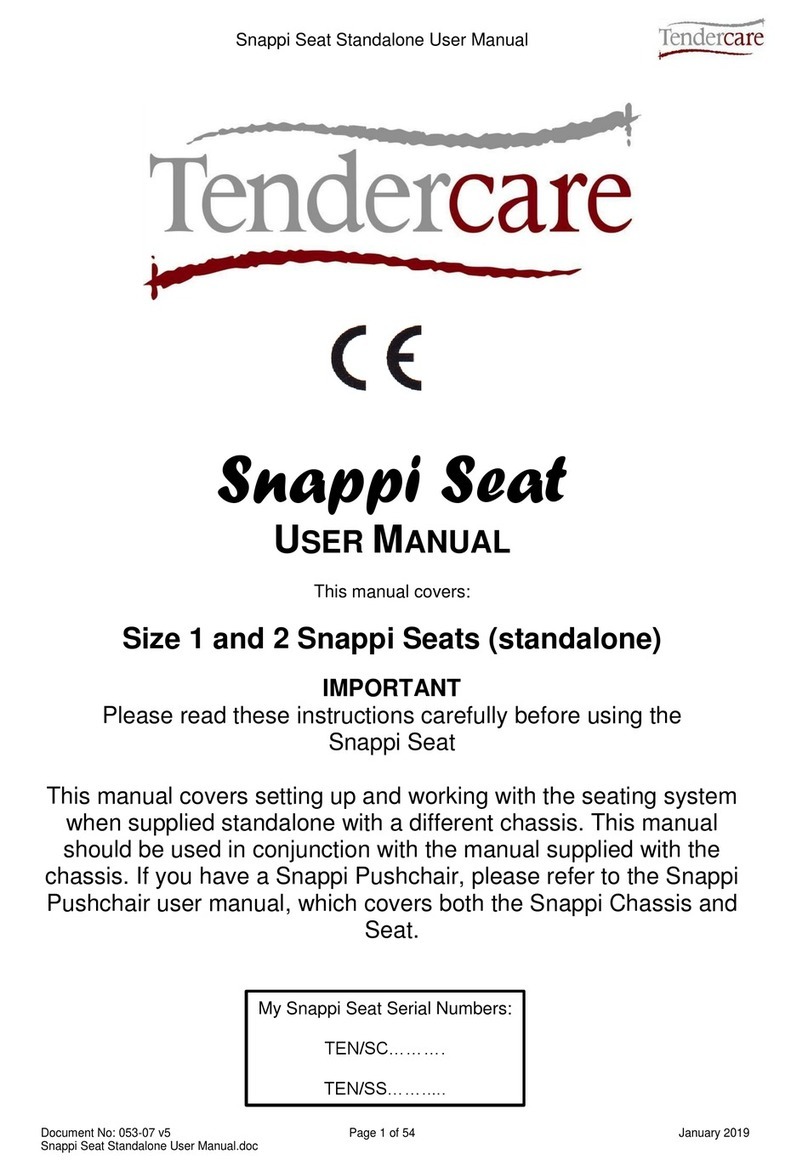
Tendercare
Tendercare Snappi Seat User manual
Popular Stroller manuals by other brands

MaxiCosi
MaxiCosi Tobi Instructions for use & warranty
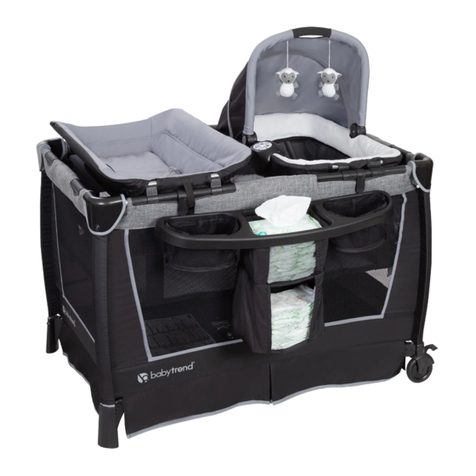
Baby Trend
Baby Trend Simply Smart PY75 A Series instruction manual
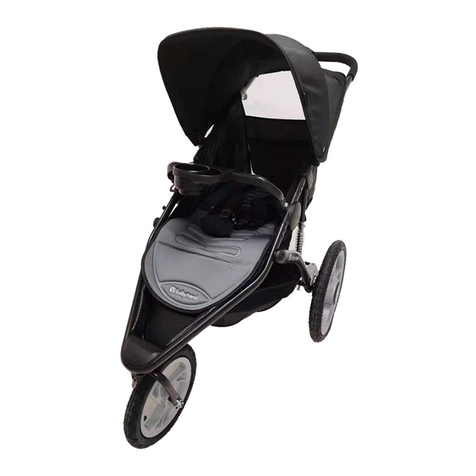
Baby Trend
Baby Trend JG35A instruction manual

VALCOBABY
VALCOBABY Runabout Series Product reference guide
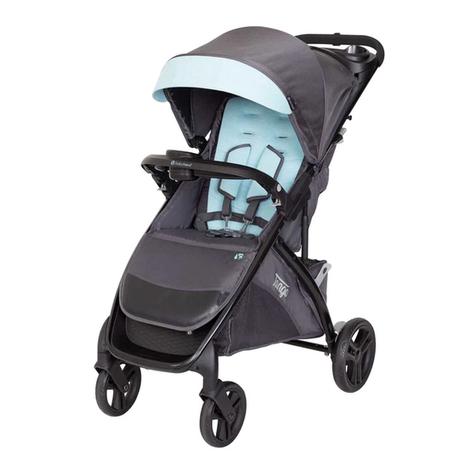
Baby Trend
Baby Trend ST04 instruction manual

Lovencare
Lovencare Adiva instructions
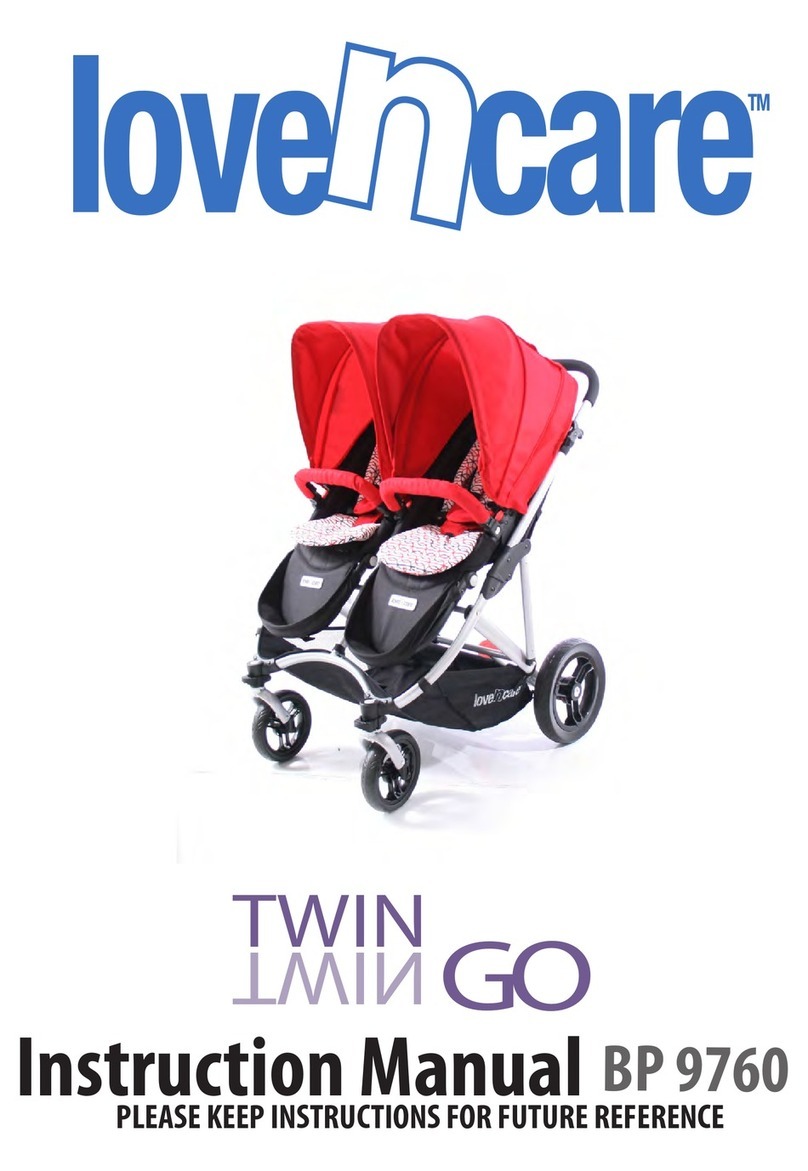
Lovencare
Lovencare Twin Go BP 9760 instruction manual
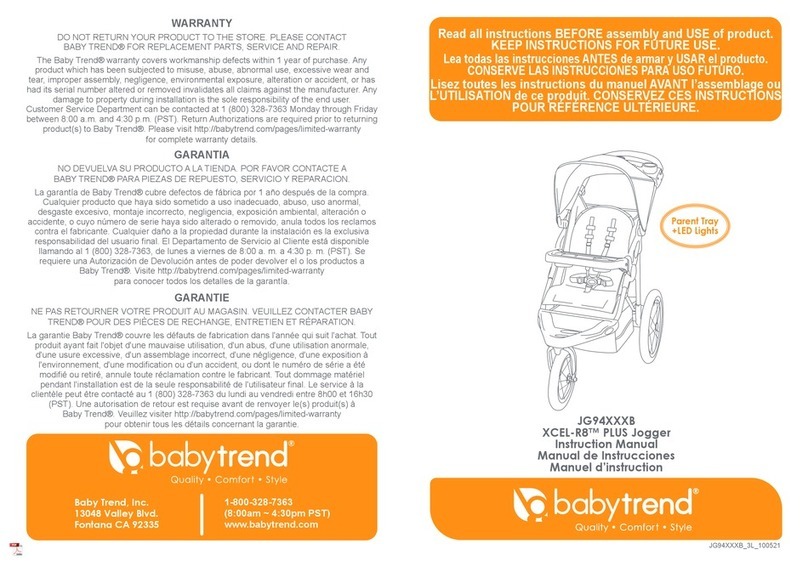
Baby Trend
Baby Trend XCEL-R8 PLUS JG94 B Series instruction manual

Baby Trend
Baby Trend TS89A instruction manual

iCoo
iCoo platon duo Instructions for use
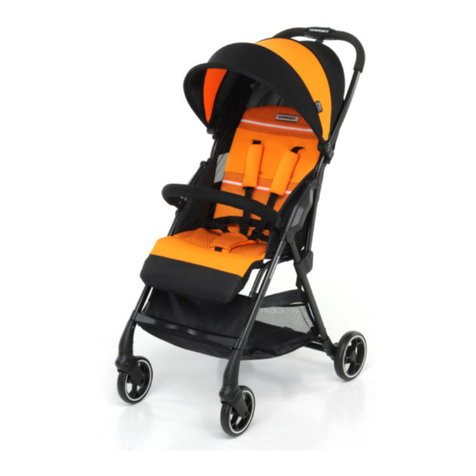
Foppapedretti
Foppapedretti Piuleggero Top4 Assembly instructions

Lovencare
Lovencare PUSH-N-GO BP 9791 instruction manual
